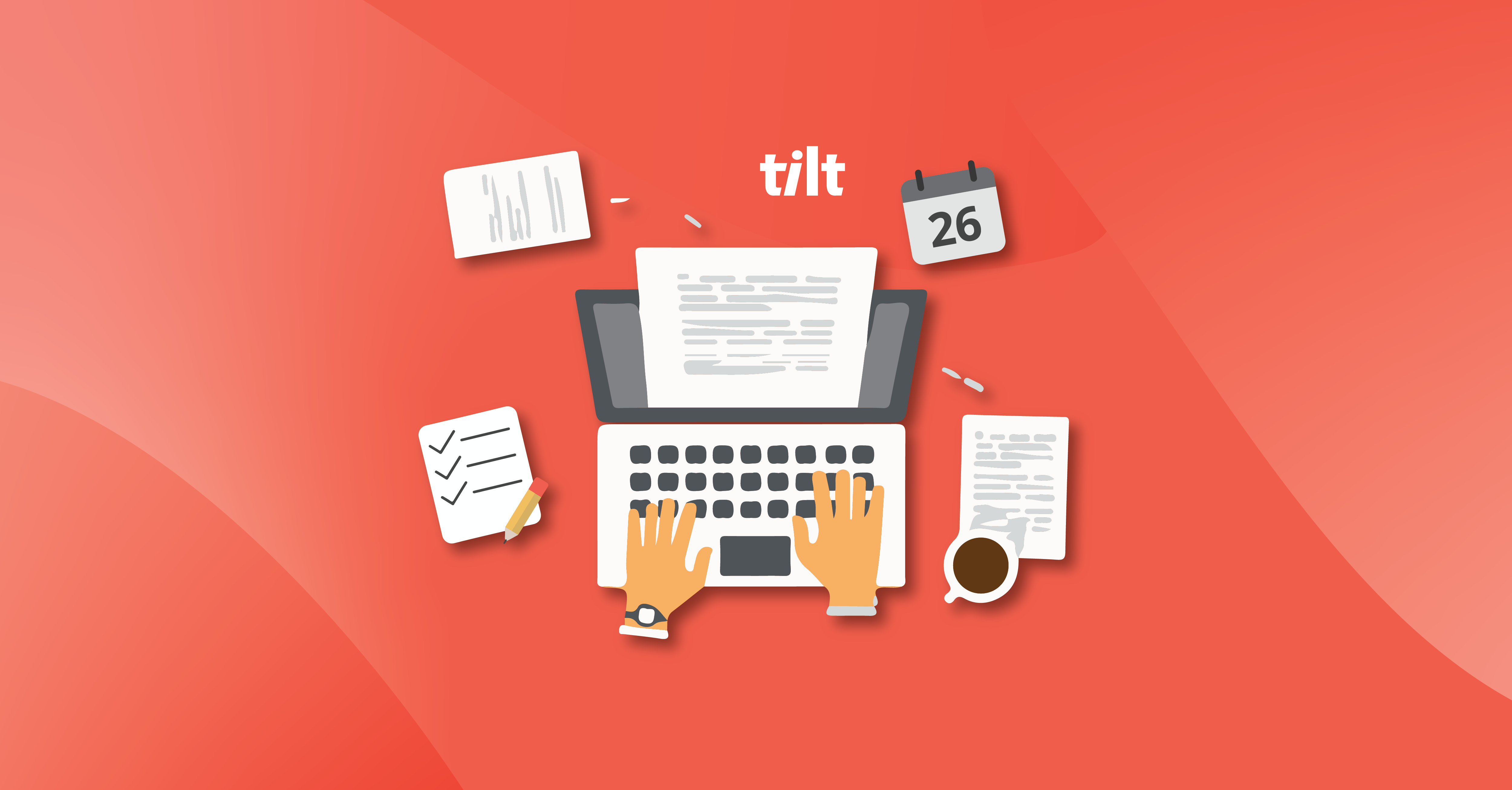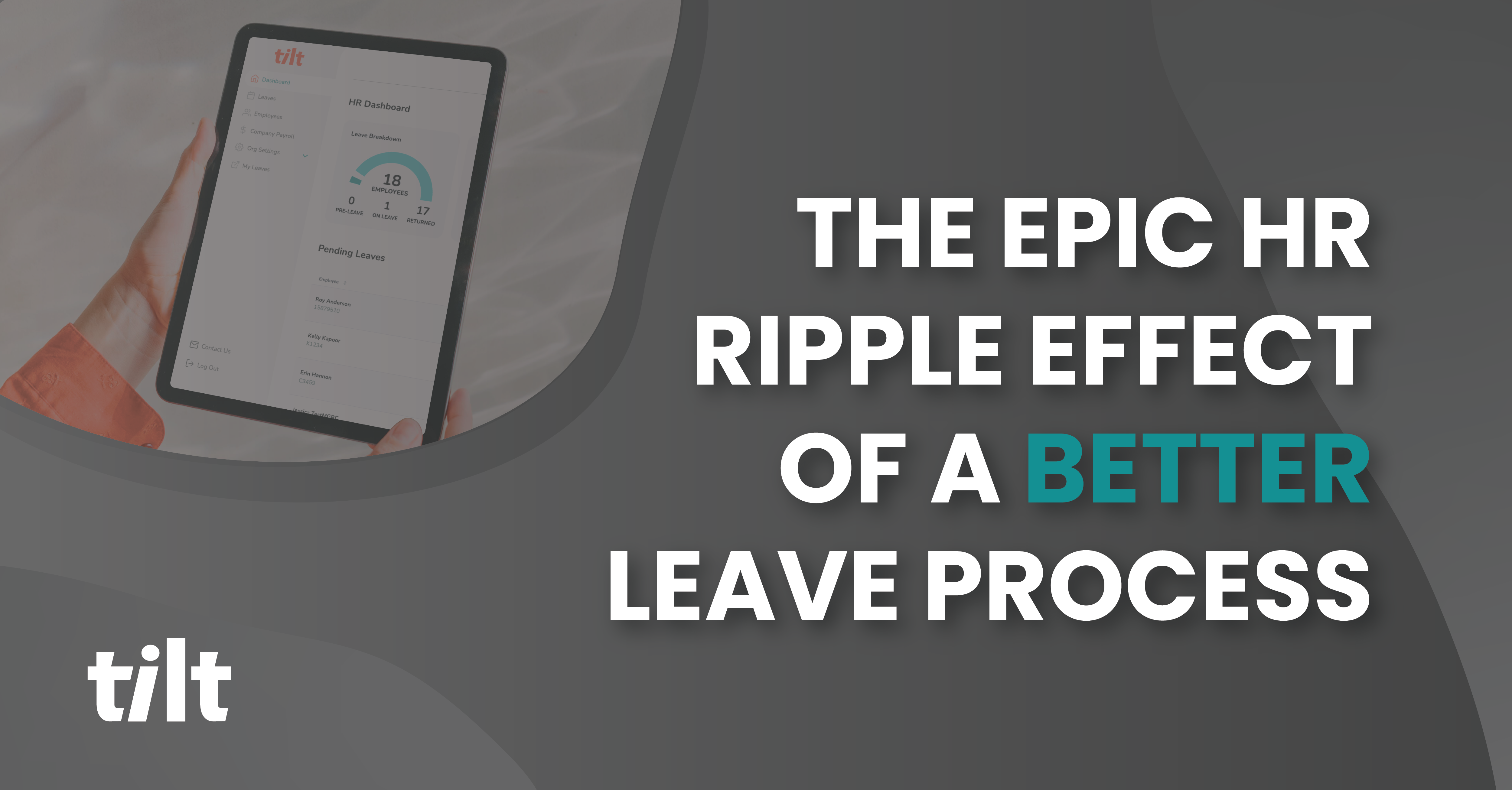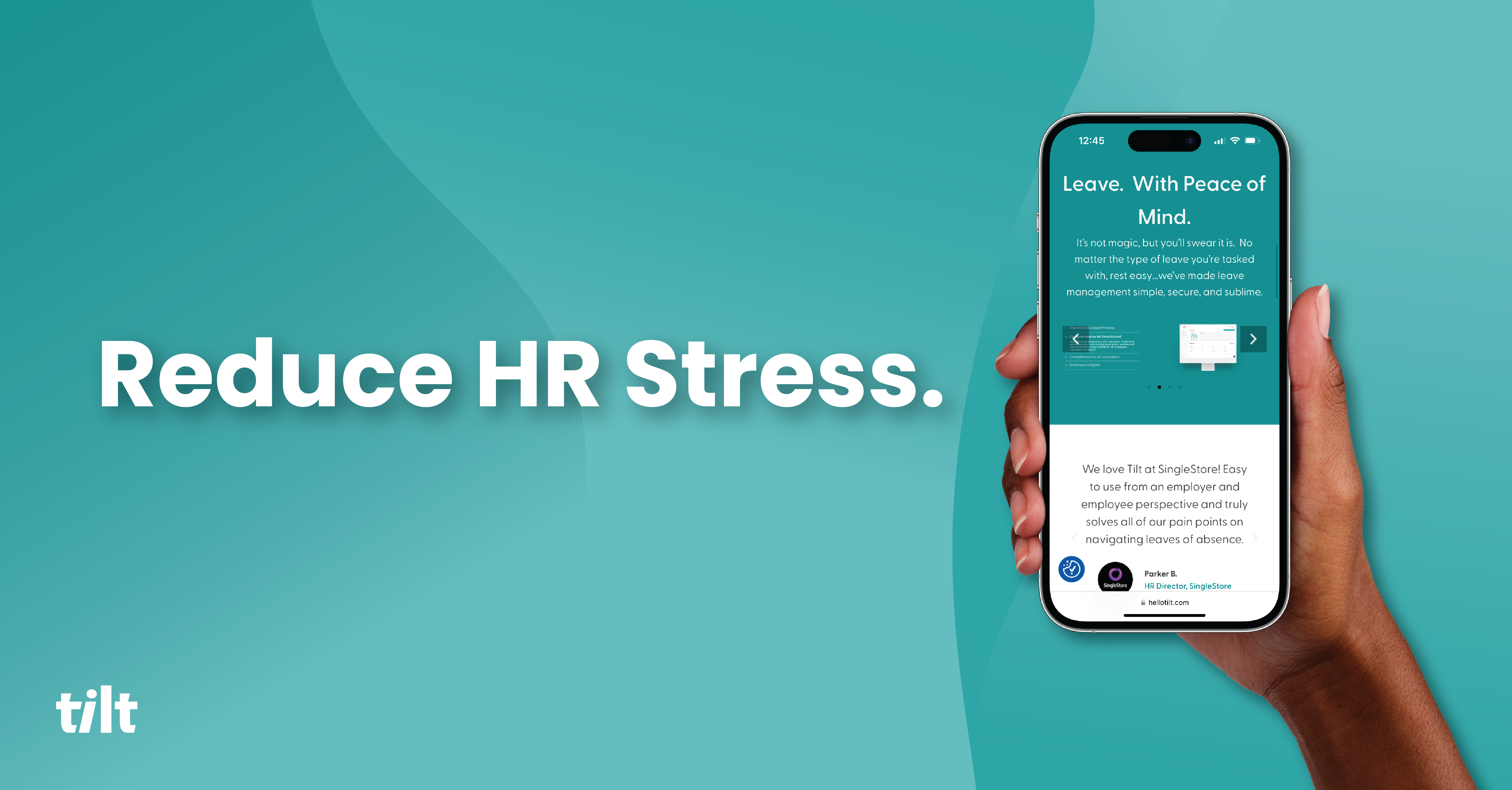Despite our best efforts we’ve yet to figure out how to successfully cram more than 24 hours into a day. While this is a hindrance to the overall volume of cat memes we can consume between sunrises, it also provides us with an opportunity to assess how HR and People Ops teams currently spend the time allotted for your copious initiatives, and to develop tricks to increase efficiencies where possible.
Since this article focuses on (what was the title again?) boosting employee trust and engagement, we’re going to cover a few tips you can implement to allow you and your people to squeeze the most out of your days
The benefits of providing self-serve options for employees
The first time-saving trick we’re going to discuss is finding opportunities to let employees self-serve whenever possible. This not only frees up time in your day because you aren’t fielding questions and flagging down answers but also empowers autonomy within your workforce and streamlines the otherwise clunky processes they’d likely have to go through that likely involves you.
How it benefits HR and People Ops: Providing self-service functionality enables employees to take control of their HR-related tasks…meaning you no longer have to participate in the management of their personal information, time off/leave requests, paystub access, and updating their benefits. When employees can access information and perform tasks on their own schedule, you’re then free to focus on more strategic initiatives. If your strategic initiatives happen to be cat-meme-related, we aren’t here to judge (just send us the memes).
How it boosts employee trust and engagement: As an employee, self-serve options provide a seamless and convenient experience where they can quickly access the information they need without having to wait for you. In fact, nearly 75% of full-time employees now expect self-serve HR and payroll tools. By providing flexibility, personalization, and convenience you give employees the independence and transparency they crave while quite simply, making their lives easier.
What are some self-service solutions you should be looking at? We’d be remiss if we didn’t at least mention implementing a self-serve leave management system that not only eliminates your administrative burdens surrounding leaves but also allows employees to simply go through the process with confidence.
Here are a few other areas you can look for self-serve relief as well:
HRIS systems: An HRIS system (we use and love and integrate with Rippling here at Tilt) centralizes your employee data and streamlines HR processes, improves data accuracy, and offers self-serve options for employees to access and manage their information. Having all of your data securely in one place not only relieves you of administrative headaches, but also instills trust in your employee population that their information is safe, secure and accurate.
Learning management systems (LMS): Self-serve LMS platforms offer training and development opportunities for employees where they can access e-learning courses, track their progress, and enroll in relevant training programs. Providing proper training to help develop your professionals is a massive part of employee engagement, and also a massive time-suck if handled on your own.
Employee Assistance Program Services: Did you know that 49% of workers still fear repercussions for being open about their mental health at work? By partnering with EAP providers you offer employees self-serve access to resources and support for mental and emotional well-being. This can tremendously boost your employee trust and engagement at your organization while freeing up your time from navigating scenarios you’d rather leave to the professionals.
How to automate your HR processes where possible
Self-serve tools are a great way to squeeze a little extra juice for your caboose while delivering a more positive employee experience. And where self-serve leaves off, automation can carry you the rest of the way. In fact, HR automations have increased by 235% in the last year alone, meaning by the time you finish reading this blog it might be able to be read for you automatically.
While that “technically” is nonsensical, what makes a whole lot of sense is finding ways to automate your manual processes (and yes, Tilt conveniently automates a ton of your leave of absence management to-dos for you) so you can better serve your people and your bandwidth.
A few manual processes that you might want to consider automating:
Onboarding Automation: Automating the onboarding process is a game-changer for HR departments and new hires alike. By automating the process through pre-boarding information, digital paperwork, and personalized welcome messages, new hires feel connected and engaged even before their first day. Oh yeah, it also frees you up to spend your onboarding time focusing on building strong relationships with new employees and addressing any specific needs they may have. This helps new employees feel engaged and supported from the start! A great way to start if you ask us. (Also look into AI-driven talent acquisition while you’re at it…)
Automated Reminders and Notifications: Keeping employees informed and engaged is crucial for a thriving workforce and with automated reminders and notifications you can ensure your peeps stay up-to-date with important events and deadlines. This proactive approach fosters a sense of responsibility and commitment to company initiatives building trust within your workforce all while alleviating your burden of manually sending individual reminders.
Continuous Feedback and Surveys: Incorporating continuous feedback and pulse surveys into the HR process is a powerful way to boost employee engagement, but it’s also a boatload (a standard unit of measurement) of lift for Hr and People teams. Automation makes it easy to collect real-time feedback from employees on various aspects of their work experience, and engaging employees in the feedback process shows that their opinions are valued. When employees see their feedback leading to positive changes, they’ll become more invested in the success of the company, leading to higher levels of engagement.
Automated Benefits Communication: By utilizing automated systems to disseminate information about benefits updates, changes, and resources, you can ensure that employees are well-informed and understand the value of their benefits package. This transparency (there’s that word they crave again) and ease of access to information is a major boost to employee satisfaction and engagement. Less manual time wasted by your team while reducing the risk of human error with what’s communicated to your employees. Now that’s a win-win!
As Rebecca Wettemann, Vice President of Research at Nucleus Research, puts it, “The most effective HR managers will take advantage of process automation…to improve hiring processes, reduce the amount of rote work, and focus on employee experience–providing employees with proactive advice on performance, how to align their aspirations with opportunities, and how to get actionable feedback from managers.”
Save time and improve the employee experience
Getting the most out of your day isn’t always about making your administrative headaches go away. It’s about streamlining points of friction that frustrate you and your employee population alike. It’s about freeing up both parties to get back to the work they love doing. Setting up employee self-serve portals and automating processes means you can focus on important initiatives that will really move the needle where it matters most. It also means more cat memes.
About Tilt
Tilt is leading the charge in all things leave of absence management through easy-to-use tech and human touch. Since 2017, our proprietary platform and Empathy Warriors have been helping customers make leave not suck by eliminating administrative burdens, keeping companies compliant, and providing a truly positive and supportive leave of absence experience for their people.







